6. Miami Blues (George Armitage, 1990)
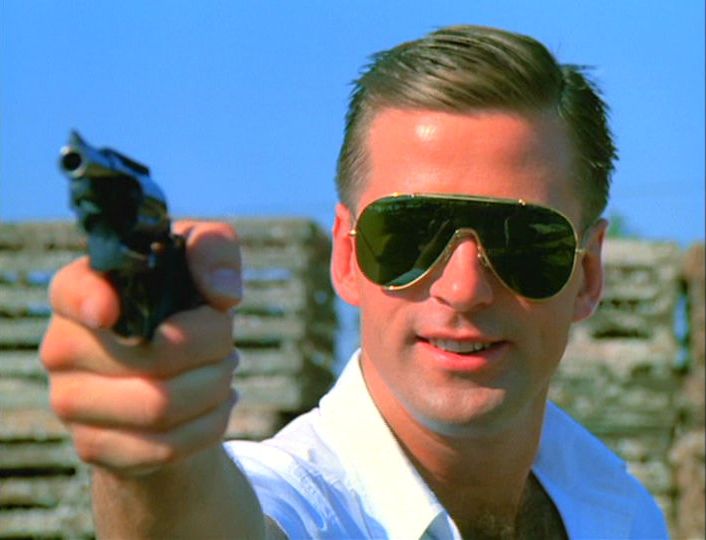
Picking up the pace (and the fun factor) after our last few choices, let’s talk about George Armitage’s loose and slick Miami Blues. Starring a rather baby-faced Alec Baldwin in its leading role as the oh-so-suave and loveable ex-con Fred, the film gives us the pleasure of watching as Baldwin gets out of prison, goes straight back to a life of anarchist crime that he manages to pull off so brilliantly that you have to wonder how he ever got caught in the first place, and then starts to create pure chaos whilst Sergeant Hoke Moseley, an older cop, is given the difficulty of tracking him down and bringing his chaotic reign to an end.
Propped up by the beautiful cinematography by Tak Fujimoto (who also shot Badlands, Something Wild, The Sixth Sense and The Silence of the Lambs – clearly, he knows what he is doing with the camera!) and a stunning colour palette consisting mainly of pinks, mint blues, yellows and lighter shades of orange, Miami Blues is so enjoyable as it never tries to be anything more than it is – a truly hot-blooded thriller about a man so skilled that he is destined to bite off more than he can really chew.
7. The Blackout (Abel Ferrara, 1997)
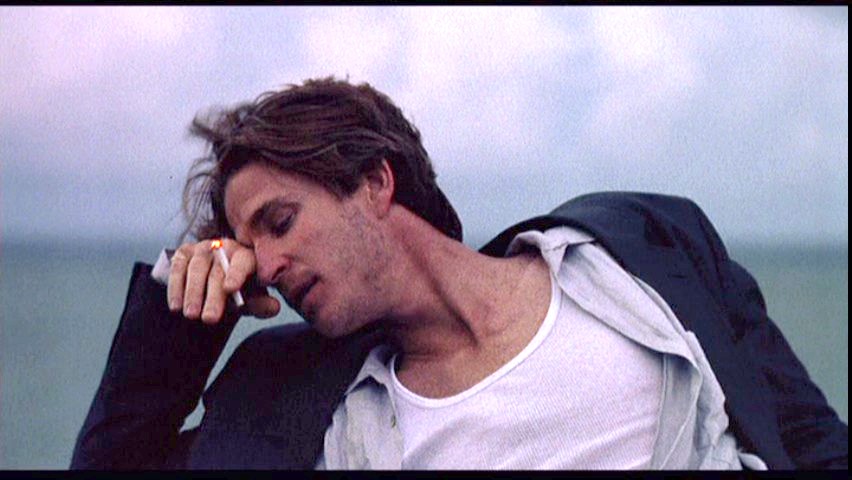
And now to plunge back into the darkness that seems to consume the majority of this list. Abel Ferrara is mostly well known for Bad Lieutenant, an unnerving film about corrupt police, drug use, loss of religion, sexual abuse, etc… and yet The Blackout feels so much more uncomfortable. Maybe it’s because it is one of the first, if not the first, full feature length film to be shot on digital, giving it a slight uncanny-valley edge in comparison to most other films from the 1990s (as it took until 2002 with the release of Attack of the Clones for digital filmmaking to even start to become mainstream), but the treatment of digital and just the plot of The Blackout is so inherently disturbing that it becomes one of those films you have to watch through the slits of your fingers from behind your hands as they cover your expectant eyes.
Matthew Modine gives perhaps the best performance of his career to date, and the ending is an all-timer if ever there was. Dennis Hopper also gives one of his best turns even if he isn’t in the film all that much, in a similar way to the previously mentioned Don Cheadle in Devil in a Blue Dress, but this time much… much darker. It’s certainly a film that’s going to stick with you for quite some time thanks to the harsh editing, the bold cinematography and above all else the reveal that comes at the end of the film (along with the characters’ reactions to said reveal), so do be warned that this one definitely isn’t a pleasant thriller to raise your pulse a bit and then let you laugh it off again. Ferrara was out for blood when he made this, and it shows.
8. Pulse (Kiyoshi Kurosawa, 2001)
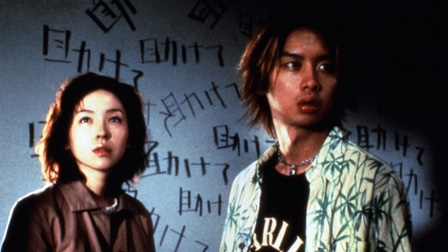
Certainly my personal favourite from this list, Kiyoshi Kurosawa’s deeply rattling 2001 masterpiece about isolation in the modern world is simply one of the most frightening films ever made. Maybe more suited to horror as a genre tag than to thriller, though it certainly delivers more than enough thrills to keep the adrenaline content, Pulse is a film that really deserves to be seen by any film fan. It is one of those rare films that seems to strike only a few times in a lifetime, one that seems to manage to capture the entire world all at once and does so so beautifully that it’s a struggle to even believe your eyes.
As tense and unnerving as it is, the film also captures a true beauty in its visuals as it peers through the obscured lens of its characters who find themselves completely and utterly lost in a world that otherwise is more connected than ever. Kiyoshi manages to predict everything that would become only a progressively bigger problem for the world and also manages to confront it. It’s a film that needs to be seen, for both its unforgettable scares but also for the penetrating beauty throughout.
9. Night Moves (Kelly Reichardt, 2013)
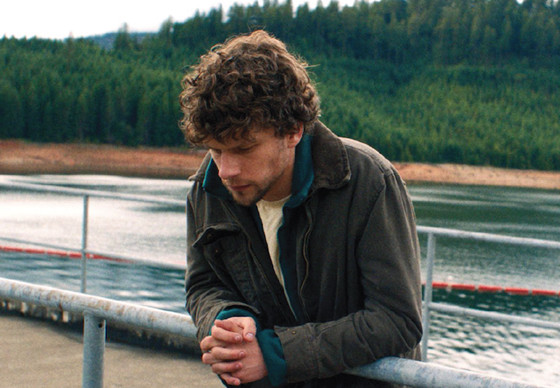
Kelly Reichardt has made quite the name for herself working within the wave of Mumblecore American cinema and seemingly elevating it with her brilliant characters and carefully constructed situations for them to occupy. Night Moves is one of her most striking films, following a group of three environmentalists who become militant terrorists in their pursuit of environmental good, and then have to deal with the tension of following through with this attack and then the really quite ruthless aftermath that follows.
Reichardt takes on a more traditional plot and yet subdues it beautifully with her laid-back style, managing to pull off the magic trick of getting the audience accustomed to her slowly moving shots that sometimes seem to focus on nothing and everything at the same time, the sometimes meandering dialogue that captures the tension of these moments so purely and even getting the audience used to the mannerisms of the characters and their distinct styles in speech. Reichardt has a way of building tension through the most simple of events in the same way as the likes of Robert Bresson, and it has to be said that it’s quite exciting knowing that she’s likely to make many more films yet. Who knows where she may end up?
10. Absolute Power (Clint Eastwood, 1997)
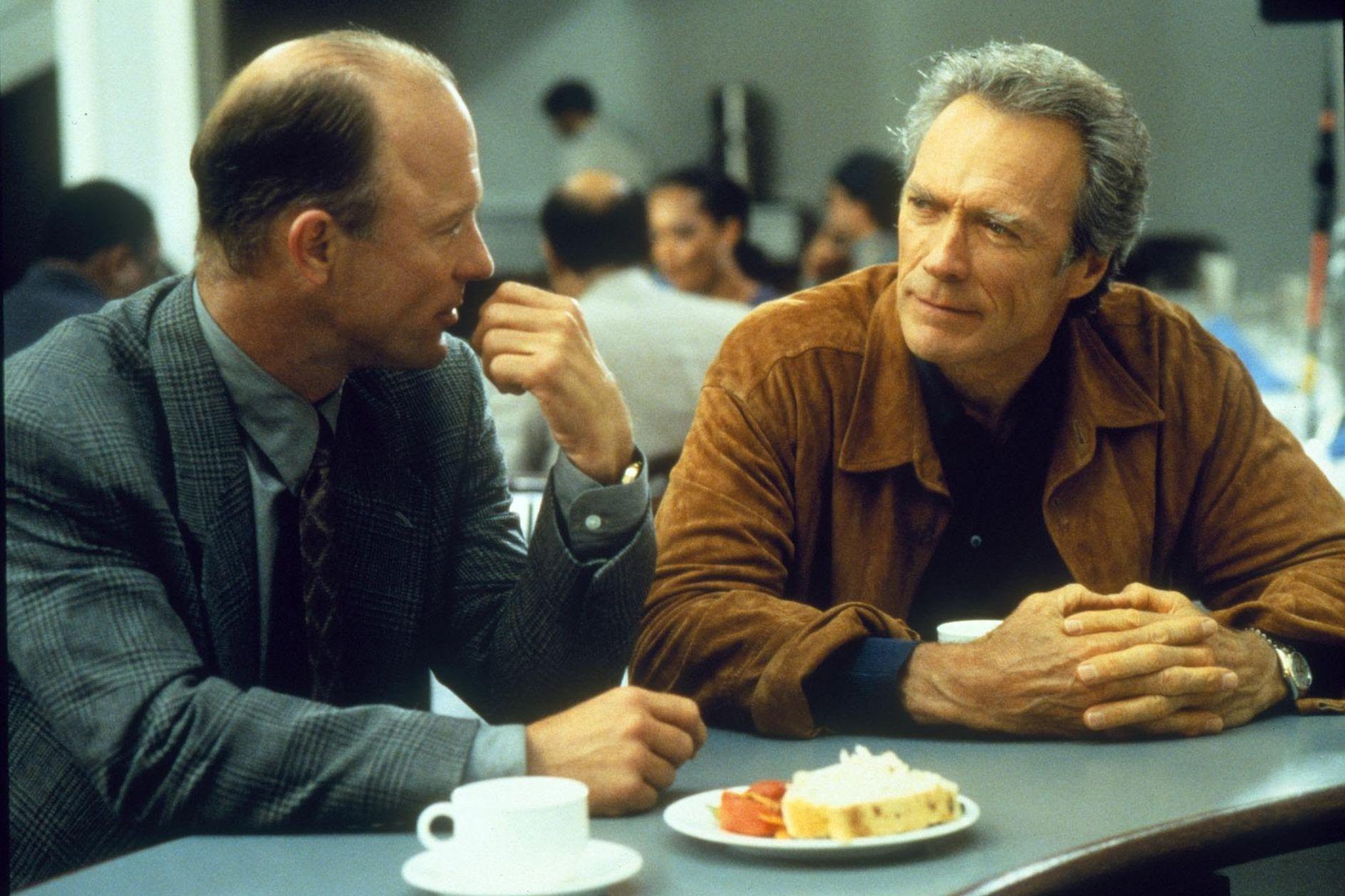
Maybe the most overlooked of all of the films that Clint Eastwood has directed (next to Hereafter and 15:17 to Paris), or even the most overlooked of all films that Eastwood has starred in, Absolute Power seems to be the one of his films that no one ever gets overly interested in and skips… however, despite this, it is still a complete showstopper of a film. Focusing in on Clint Eastwood as a master thief who finds himself trapped inside a house entered by the US President and finds himself the witness to a murder and is then forced to run whilst holding onto the evidence all along and trying to reason with himself about what he has seen.
Surprisingly, this film takes a lot from De Palma’s style of almost hyperbolic cinematography and editing that screams out to the audience in its hyper-realistic style, which is just about the last thing you’d expect to see from a film directed by Clint Eastwood who usually sticks to stripping style down to the basics and building it up again largely depending on the film itself rather than throwing one in and trialing it. It’s a brilliantly exciting film, one that deserves much more recognition and one that remains impressively relevant despite being almost 25 years old.